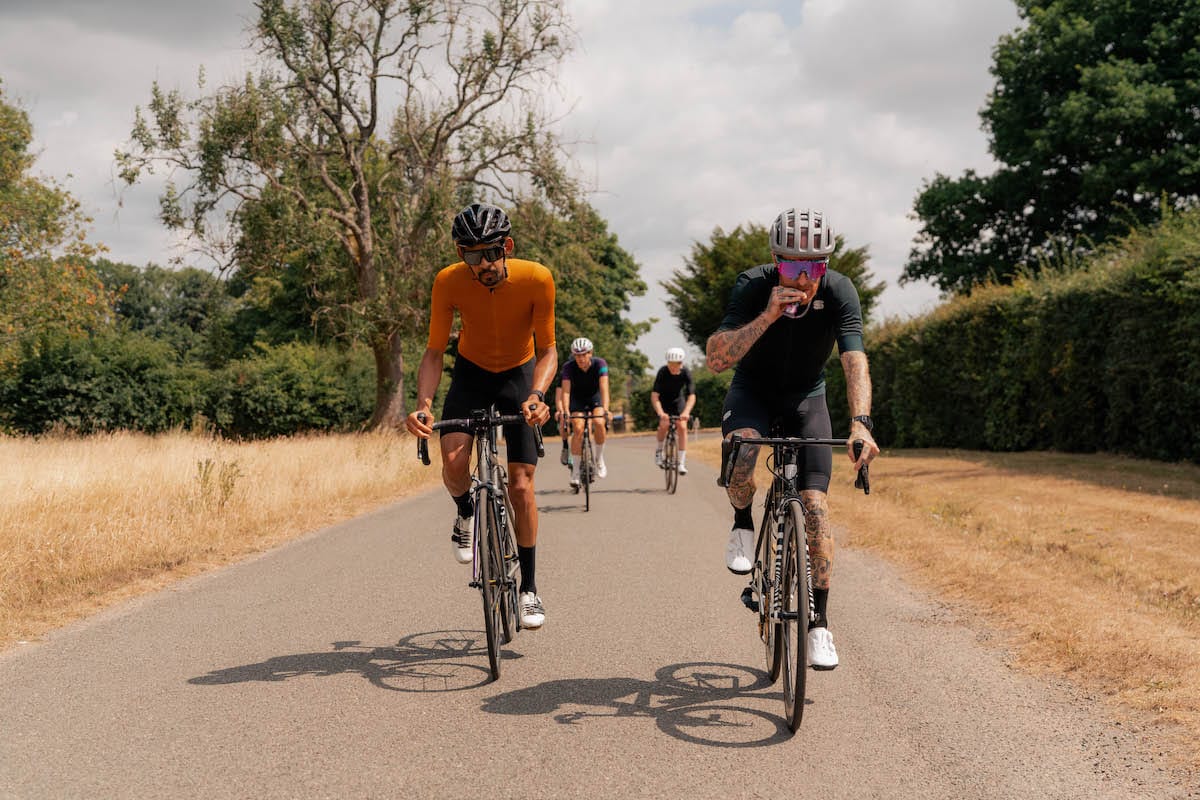Looking to ride a bike for the first time? All you need is a bike that fits you and a helmet. Once you have the right bike and safety equipment then decide what sort of distances suit you. You may ride for leisure, as a commuter, or want to challenge yourself. And if you develop a love of cycling, you’ll enjoy an activity shared by millions. Even in a car-obsessed country such as the US, nearly a quarter of people ride a bike once a week.
Choosing the Right Bike
Advances in technology mean there are designs for all types and levels of cyclists. Where there used to be a few basic styles – city, mountain, road – nowadays all manner of bike niches are covered. Just decide how you’ll use your bike before buying. Do you want the mobility a bike gives you but don’t fancy exerting too much energy? Get an E-bike. Commuting to work? Get a road bike.
Once you know the bike you need, choose the correct one for your body frame. Go to your local bike store where they know what they’re talking about. There you’ll find a bike that fits your needs, body type, and budget.
Helmet and Accessories
There are accessories you need such as a cycle helmet. In the US, there is no country-wide bicycle helmet law and legislation varies between states. But a bike helmet reduces a cyclist’s head injury risk by more than 50%. For severe head injuries, the protection rate is higher.
Clipless pedals are another safety accessory. These are special pedals and cleats that attach to the soles of clipless cycling shoes. They make cycling more efficient by providing a better foot-to-pedal connection. The safety aspect is that they allow for almost instant foot release and foot entry.
Padded shorts offer comfort during – and after – cycling. Cycling sunglasses have vision benefits while keeping dirt and grit out of your eyes, particularly on trails. Also, wear gloves and kneepads when mountain biking.
Practice Distances
Going from a person who rides a bike to an athlete is a transition many cyclists choose. When starting your training, increase your volume of cycling, not your intensity. Increasing the workload can come later. As you gradually up your endurance, your body needs to get used to the increased intensity. Long rides require lots of nutrition, and you need carbs that can be quickly consumed and digested. Fuelling before, during, and after is key. Work out how many calories and carbs you’ll need for a long ride and what you’ll eat and drink.
Grab Your Friends and Plan
Surrounding yourself with fellow cyclists is a great way to build your confidence on two wheels, as well as making some lasting friendships. Just as groups of skiers will venture abroad to the best slopes, cyclists often travel together to experience bike tours through Europe or other destinations. There are cycling clubs all over the US, so it’s just a question of finding one.




